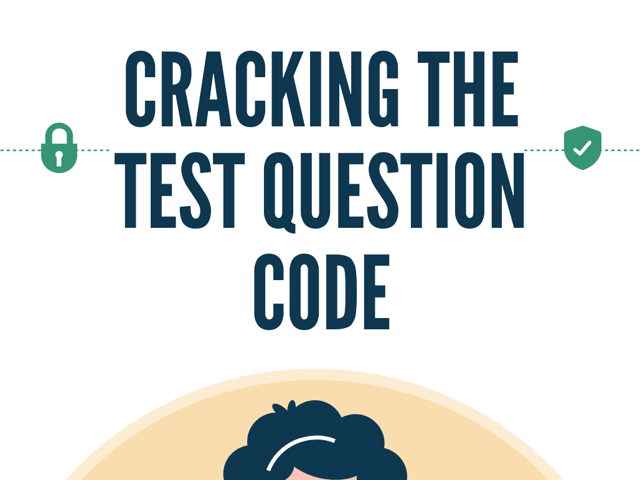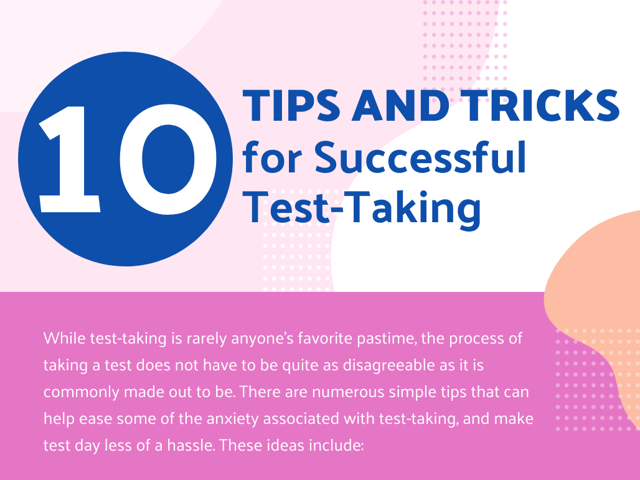
Cracking the Test Question Code
Although many a test question is direct and unflinching in its query, just as many test questions are created with the intent to quantify your ability to not only hold onto and express knowledge, but closely and correctly follow instructions. Many questions will simply ask you to identify the correct answer, but others will ask you to identify the best answer, or determine which answer is not correct.
Tackling the Code
Paying close attention to each and every word in every test question is one of the simplest and most effective ways to make sure you are achieving the best possible score. Before diving headlong into study materials or rushing to sign up for an exam, take some time to familiarize yourself with common test question types that are often misunderstood or incorrectly answered.
Finding the “Best” Answer
One of the most commonly misunderstood test question formats involves the phrase,
“Which is the best…”
or a similar derivation, such as,
“Select the answer that most closely matches…”
These test questions may seem simple enough, but it is easy to second-guess yourself if none of the answers given seem to be quite right. If you find yourself struggling to find the right answer, there is a reason: you’ve been asked to find the best answer of the possible responses, not necessarily the one correct answer. This gauges your ability to follow instructions, even if doing so goes against your test-taking instinct to find the one correct answer.
Which Is “Not” the Answer?
Another test question phrase that can trip you up is:
“Which is not…?”
When a question asks you to find the response that is not correct, you will need to sort through three to four correct answers, and find the incorrect one. Although some exams might have easily identified correct and incorrect answers, it is far more likely that each of the correct answers will be phrased in a way that could make each seem incorrect at first glance. When searching for the wrong answer, it can be an effective strategy to first eliminate all of the responses that are (or seem to be) correct.
The Timing of the Answer
Test questions that use terms suggesting a framework or timeline—first, next, then, after, and before—can be difficult because they require you to work out a sequence of events, or identify one part of a question, rather than the whole question. Although all of the available answers may relate to the question, or may even relate to the sequence of events, pay close attention to what part of an event or sequence is being discussed. This will help you avoid selecting a related (but ultimately incorrect) response.
Only Part of the Answer
Finally, pay close attention to any questions using the words include, comprises or as well as. Unlike sequential or close analysis questions, these questions are typically asking you to take a step back and look at the whole picture or whole concept, rather than dissecting a specific, small part of it. A question might say, for instance:
“The process of mitosis includes which of the following steps?”
The responses to this type of question will typically include either multiple answers (Both A and D, for example), or multiple answers within a single response (C. Prophase, Metaphase, Anaphase, and Telophase).
Keep Reading

Union Test Prep Blog
It’s Almost Test Day—What Should I Do?
You’re approaching the day of your test, and it’s time to take care of …

Union Test Prep Blog
What Are Holistic Admissions?
The term “holistic admissions” alternately garners horrified eye rolls …

Union Test Prep Blog
Ten Tips and Tricks for Successful Test-Taking
While test-taking is rarely anyone’s favorite pastime, the process of t…